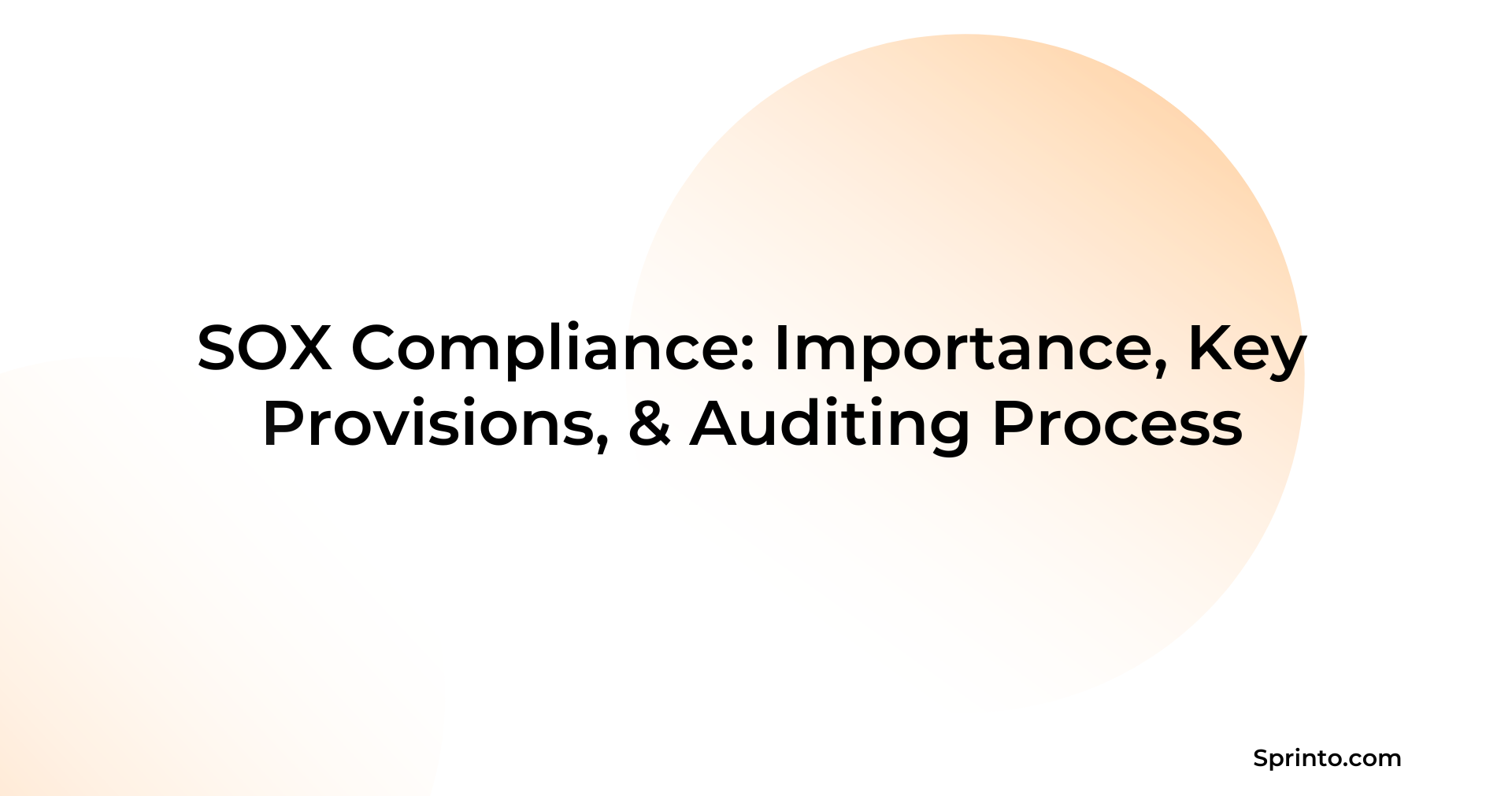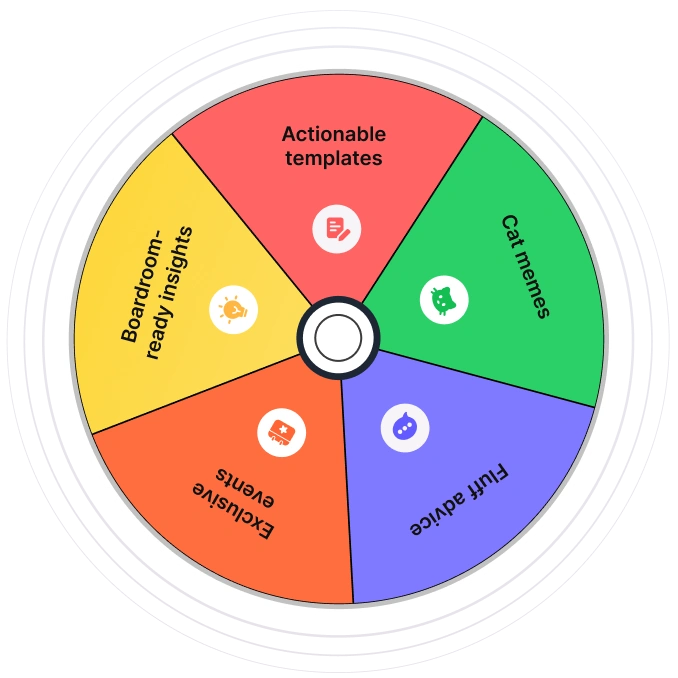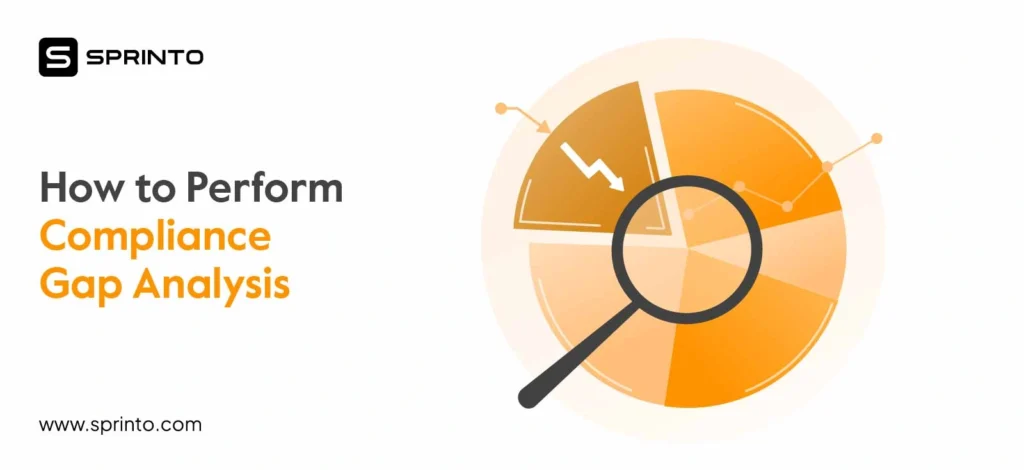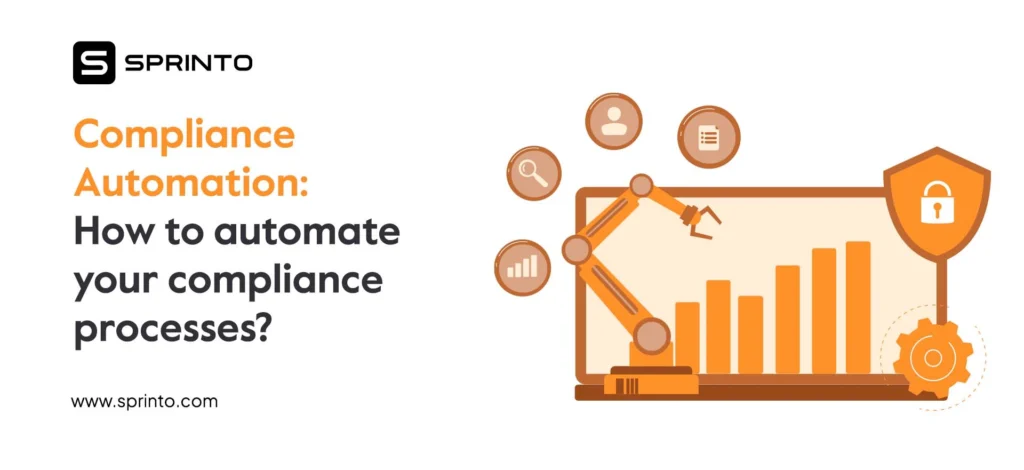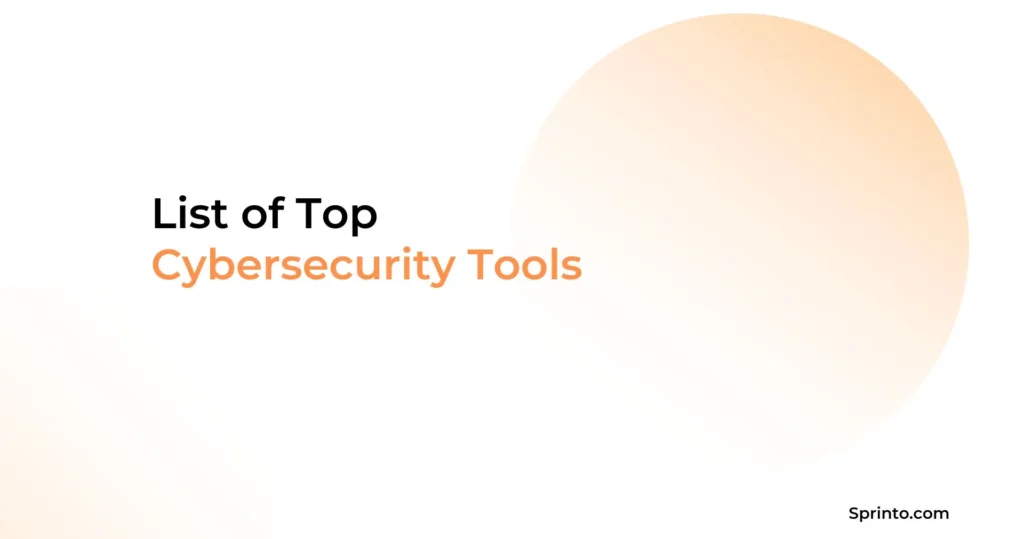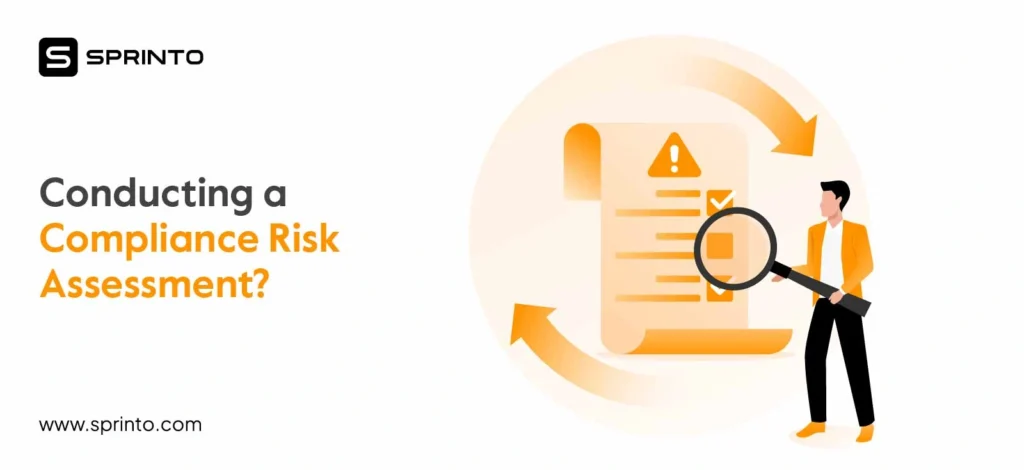In the early 2000s, enterprises like Enron, Tyco International, Peregrine Systems, and WorldCom made headlines for all the wrong reasons. Scandals involving fraudulent activities like hiding debt, stock manipulation, and fake transactions shook public confidence and cost investors billions of dollars.
These events raised concerns around the practices and processes that led to the fall of the giants, triggering a response from the US Congress that would change the course of business operations. They released the Sarbanes-Oxley Act (SOX) compliance, aimed at protecting investors from risky and fraudulent practices.
This article explores what SOX compliance is all about; the key provisions, how to pass audits rounds, common mistakes, and how to stay compliant without spending much time and effort.
| TL;DR: SOX enforces financial transparency and accountability in public companies through strict internal controls, independent audits, and executive responsibility, under sections 302, 303, and 404. Compliance is mandatory for publicly traded U.S. companies (and some private ones preparing for IPOs), and benefits include stronger governance, improved audit quality, and better risk and security controls. Challenges include outdated processes, excessive documentation burdens, inadequate control scoping, and coordination issues in large or decentralized organizations that lack automated compliance systems. |
What is SOX Compliance?
The Sarbanes-Oxley Act is a United States federal law enacted in 2002 that mandates multiple financial record-keeping and reporting reforms. It focuses on enhancing corporate responsibility, improving reporting standards, tracking breach attempts, and combating fraudulent activities in accounting.
SOX is also known as the “Corporate and Auditing Accountability, Responsibility, and Transparency Act.” One of its main objectives is to establish provisions to prevent privately held companies from destroying evidence that may prevent federal investigations from being conducted properly.
Who Needs to Comply with SOX? Is it compulsory?
SOC compliance is a mandatory legal obligation incumbent on all American public company boards of directors, management, and public accounting firms listed on stock exchanges like the NYSE or NASDAQ.
In addition, it also applies to security analysts and accounting firms that provide auditing services to publicly traded companies.
In some cases, private companies preparing for an initial public offering (IPO) are required to implement SOX controls. If a public holding acquires a private company, some SOX regulations may apply, depending on the scope of financial reporting.
Why is SOX Compliance Important?
SOX was legislated in response to a growing number of cases involving corporate fraud and accounting scandals. In addition to dishonest practices, SOX aimed to add transparency and accountability to corporate reporting processes. The board of directors of a public corporation will be liable to penalties for noncompliance and fraudulent activities.
Companies not legally bound to comply with SOX requirements can also benefit from a security, compliance, and branding perspective. Here are some ways it pays off:
Improved, agile governance
SOX compliance requires companies to implement rigorous controls to ensure transparency, accountability, and policy adherence. It institutionalizes good governance by laying the groundwork that limits the scope for manipulation and data tampering.
For example, section 404 requires executives to continuously evaluate and document the effectiveness of their financial reporting process. This clause adds checks and balances to deter fraudulent reporting activities and identify risks and gaps before they snowball into complicated issues.
Quality audits and reporting
When you implement stringent governance and compliance controls, the level of accuracy increases as they are liable to an external body overseeing your practices.
Moreover, auditing service companies cannot engage in activities like providing bookkeeping or management services to their clients. SOX requires auditor rotation; audit firms cannot offer certain non-audit services to their clients. Lead audit partners must be rotated every five years. Maintaining a non-biased and independent audit improves the quality of service.
Risk reliance and security posture
Some of SOX’s best practices and requirements overlap with the NIST Cybersecurity Framework, one of the strictest regulations designed for government agencies. Airtight security controls for financial data are combined with a system that compels companies to implement preventive controls that minimize potential risks.
SOX also regulates who can access what, for how long, and change what data. Strong role-based access controls combined with continuous monitoring requirements make SOX-governed companies less prone to risks and security threats.
Key Provisions and Requirements of SOX
At a high level, SOX requires businesses to disclose their financial practices accurately and implement controls to avoid fraudulent mishaps. These requirements are specified throughout four key provisions: Sarbanes Oxley Sections 302, 303, and 404.
Sarbanes-Oxley section 302
Section 302 of SOX concerns a company’s internal processes designed to ensure that financial statements are accurately disclosed. Signing officers are responsible for establishing and maintaining internal controls. They should also evaluate the effectiveness of internal controls and share a report based on their findings.
Sarbanes-Oxley section 303
Section 303 of SOX mandates credibility, transparency, and audit accuracy. It aims to protect officers from manipulating, coercing, misleading, or fraudulently influencing auditors during the course of an audit of their financial statements.
As a company’s executive, you cannot mislead external auditors by providing inaccurate information, attempt to delay the process, manipulate financial records, or intimidate the auditing officers into taking a specific course of action.
Sarbanes-Oxley section 404
As per section 404 of SOX, CEOs, CFOs, and other upper management or auditing authorities are responsible for sharing a report with the external auditor on the effectiveness of their company’s internal control over financial reporting. This report should affirm that management is taking the necessary steps to design and maintain a comprehensive structure for financial reporting.
In addition, independent auditors must evaluate and report on management’s assessment of internal controls. This adds a layer of scrutiny to reduce bias and ensure objectivity.
Step-by-Step Sarbanes-Oxley Act Compliance Process
SOX has not released any official process to comply with its provisions. However, businesses liable to SOX can maintain this simple checklist to stay SOX compliant.
Scope out your compliance operations
Before starting out, you should understand what, who, where, and how. Conduct a risk assessment to identify which controls, activities, and transactions fall within the scope of your audit. We recommend a top-down approach; start at the highest level and work down to the granular activities.
Implement the identified controls
SOX does not list any specific set of controls that companies should implement. Instead, use frameworks like the Committee of Sponsoring Organizations of the Treadway Commission or Control Objectives for Information and Related Technologies to understand what applies to your use case.
A good practice to avoid unnecessary complications and stay within the set timeframe is to be cautious about creating new controls. Avoid deploying new controls for each identified risk unless you have performed a risk assessment and the control is critical.
Document key controls
As previously outlined, SOX strongly emphasizes maintaining comprehensive documentation of your control processes. This should include your control policies, security practices, and processes around financial reporting. Whenever you evaluate the effectiveness of the controls, document the results. This is especially important to pass eternal audits without rework or setbacks.
Continuous monitoring and testing
Once you have the controls in place, monitor their health on a regular basis to determine whether they’re functioning as intended. The monitoring and testing process also involves evaluating whether the processes and systems for control testing are effective, assigning a control owner(s) through the testing cycle, and assessing the effectiveness of the control in mitigating risks.
In case a failure or gap is detected, close it at the earliest to avoid complications during the audit period to ensure that identified risks do not carry over into future reporting periods. This may involve redesigning control steps, retraining staff, resolving system issues, or improving documentation.
Get compliant faster with automation
Common Challenges in SOX Compliance
SOX compliance was designed to ensure checks and balances of companies operating in complex environments, yet inadequate controls to prevent fraud and risks. Businesses often struggle with the following hurdles in implementing SOX:
- Outdated processes: Given SOX’s nature and complexity, complying with its requirements can be chaotic, error-prone, and time-consuming if you are trying to get it done using outdated, non-automated systems. SOX mandates incorporating standardized practices and processes across departments—overseeing these can be challenging without a centralized, automated system.
- Poor security practices: Amidst the focus to ensure accuracy and reliability of financial reporting, security often takes a backseat. While security is not explicitly mentioned as a hard and fast requirement, it aids in maintaining the accuracy and integrity of reports, This becomes an unforeseen audit blocker down the line.
- Meeting documentation requirements: SOX focuses on maintaining thorough documentation for control practices. Maintaining clear and comprehensive paperwork for every intricate process is another hassle, as it’s time-consuming and tedious.
- Poor coordination with auditors: To prevent bias and ensure better transparency, SOX mandates auditing through external service providers. In many companies, especially large enterprises, controls or systems change frequently, changing the audit scope. Unless teams are aligned early, auditors may question the relevance or effectiveness of the new controls, resulting in delays or rework.
- Control testing and accountability: IT teams often struggle to scope controls correctly and distinguish between financial and system controls, especially in large, decentralized environments. As a result, controls are applied to low-risk processes while exposing the high-risk, sensitive ones.
Simplify and Streamline SOX with Sprinto
Businesses that must comply with SOX often struggle to meet audit requirements. Given the nature and complexity of a stringent regulation like SOX, IT teams and compliance officers struggle to meet multiple requirements.
To simplify and streamline the processes, Sprinto automates key processes, reduces annual efforts by 95 percent, and helps you with audit readiness. Sprinto continuously collects real-time data from integrated systems and stores it in an audit-ready format to reduce the time and effort spent preparing for audits.
It automatically identifies in-scope assets and controls tied to financial reporting. Pre-built, auditor-approved control templates aligned with SOX requirements help teams quickly implement critical internal controls such as access management, track changes, and segregate duties.
Talk to our compliance experts to know more.
FAQs
What are the four main controls of SOX compliance?
The four main controls of SOX compliance include access controls, change management processes, secure data backup, and audit trails.
What is the difference between SOX and GAAP?
SOX (Sarbanes-Oxley Act) and GAAP (Generally Accepted Accounting Principles) serve different but complementary roles in financial regulation. GAAP is a set of standardized accounting principles and rules companies must follow when preparing financial statements. SOX is a federal law focusing on the governance, oversight, and integrity of the entire financial reporting process.
Is SOX applicable in India?
SOX is a U.S. federal law, so it is not directly applicable to Indian companies unless they have specific ties to the U.S. financial markets. However, SOX can apply to Indian companies in the following scenarios:
- Listed in the U.S
- Subsidiary of a U.S. Company
- Service Providers to U.S. Clients
Srikar Sai
As a Senior Content Marketer at Sprinto, Srikar Sai turns cybersecurity chaos into clarity. He cuts through the jargon to help people grasp why security matters and how to act on it, making the complex accessible and the overwhelming actionable. He thrives where tech meets business.
Explore more
research & insights curated to help you earn a seat at the table.



